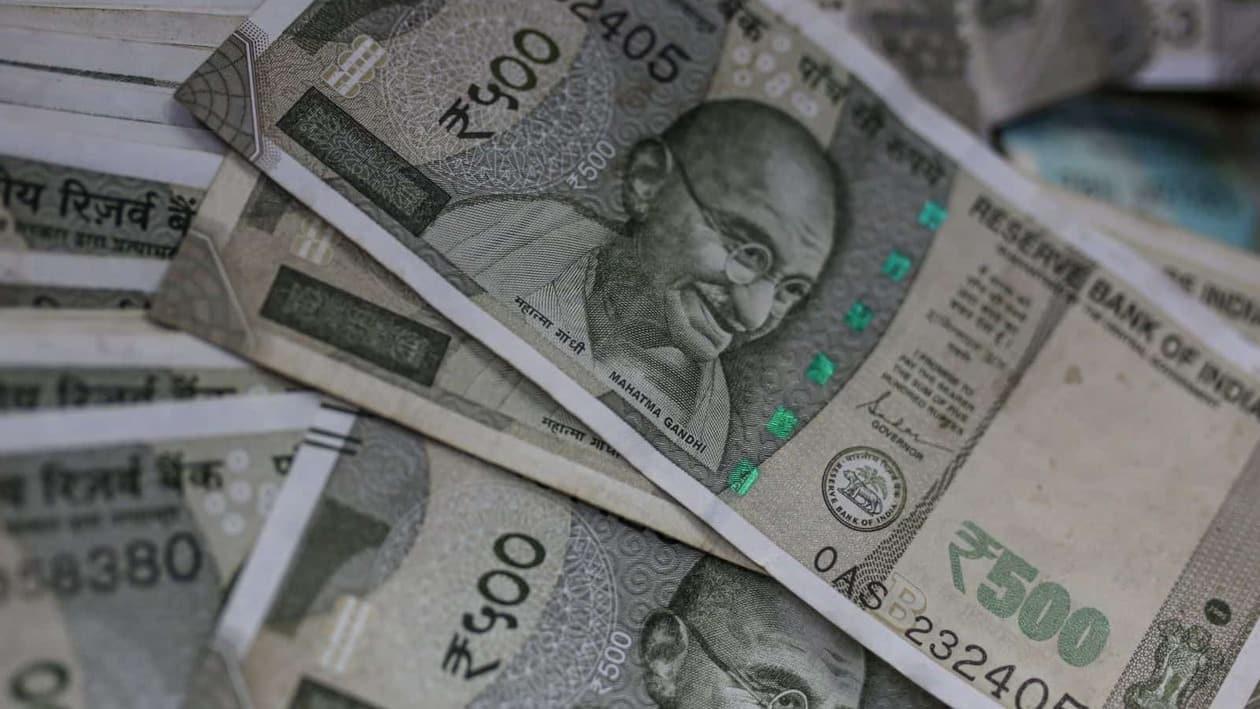(Reuters) - The Indian rupee declined against the dollar on Tuesday on weak risk sentiment after the Bank of Japan (BOJ) delivered an unexpected hawkish policy change.
The rupee closed at 82.7550 per dollar, down from 82.7050 in the previous session. The USD/INR pair rose to 82.8850 earlier, but yet again failed to threaten the 83 level.
The 83 has been touted as a major resistance level for the pair by traders.
The 82.50-83.00 is the immediate expected trading level for USD/INR, Jateen Trivedi, analyst at LKP Securities, said. The proper breach of the dollar index on either side of 104 to 105 will provide direction for the rupee, he added.
The dollar index was down over 0.5% to near 104, thanks mainly to the more than 3% surge in the yen.
The Japanese currency was on course for its second-best session against the dollar after the BOJ decided to widen the band around its yield cap, allowing long-term interest rates to rise more.
Japanese shares plunged and futures on the S&P 500 Index declined. Japanese and U.S. yields jumped with the 10-year U.S. yield rising to as high as 3.71%.
"The BOJ may create higher volatility in overseas financial and capital markets. The take of BOJ policymakers would be important to keep an eye on," Madhavi Arora, lead economist at Emkay Global Financial Services, said.
Indian rupee forward premiums dipped in early trades but reversed course quickly. The 1-year implied yield inched higher to 2.07% on sell/buy swaps by state-run banks, a trader said.
